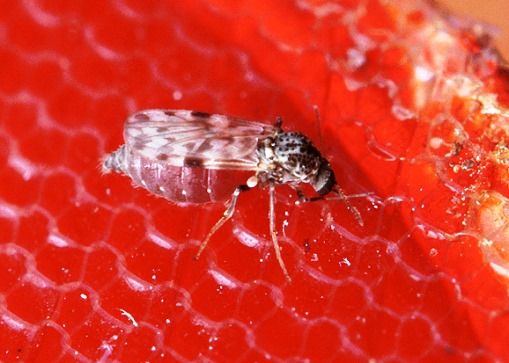In recent years, Brazil has been faced with outbreaks of a variety of perilous viral diseases, especially Zika virus disease, dengue fever, and yellow fever. Now, medical personnel and researchers are troubled by another emerging virus disease known as Oropouche fever. Although the virus responsible for this tropical disease was originally discovered and isolated in 1955 and has only intermittently caused a number of outbreaks since then, the incidence of Oropouche fever is on the rise in Brazil. In the past, the disease was limited to rural areas and villages in the Amazonian region; however, it is presently being detected in urban areas of the Amazon, as well as areas in northeastern Brazil. Limited numbers of infected individuals have been identified in other countries as well, including Peru, Panama, and Trinidad and Tobago. Similar to the Zika epidemic, it is feared that the Oropouche fever outbreak may spread to other, more distant locations, where medical facilities would be unable to handle the increased number of cases. See also: Arboviral encephalitides; Dengue fever; Economic entomology; Encephalitis (arboviral); Exotic viral diseases; Virus; Yellow fever; Zoonoses

The most common means of transmission for the Oropouche virus occurs via the bite of Culicoides midges. In particular, Culicoides paraensis is the predominant vector of the disease. The midge picks up the virus when it feeds on sloths and monkeys, which are carriers of the virus; then, the virus is transferred to humans during further blood meals undertaken by an infected insect. The geographical extent of the C. paraensis biting midge ranges from Argentina to Wisconsin, so there is grave concern about the potential spread of this disease. In addition, Aedes mosquito species have been tentatively implicated in transmitting the disease as well, complicating the efforts of researchers seeking to contain the disease. See also: Diptera; Disease ecology; Infectious disease; Monkey; Mosquito: vector of disease; Sloth
The symptoms of Oropouche fever symptoms are similar to those of dengue fever. Most notably, individuals who are infected experience an abrupt (sudden-onset) high fever, nausea, headaches, joint pain, and general malaise. Although the infection is not typically fatal, more serious instances of meningitis (inflammation and swelling of the membranes that cover the brain and spinal cord) can result. There is no vaccine for Oropouche fever; the major means of control and prevention are the containment and elimination of midges and their breeding habitats. See also: Meningitis; Vaccination





